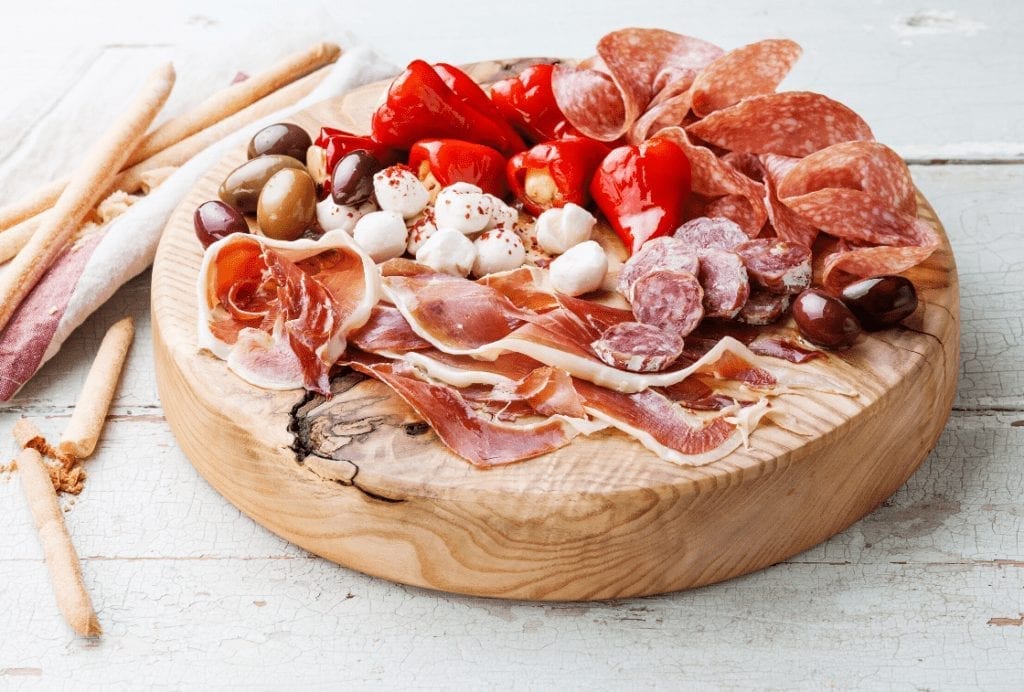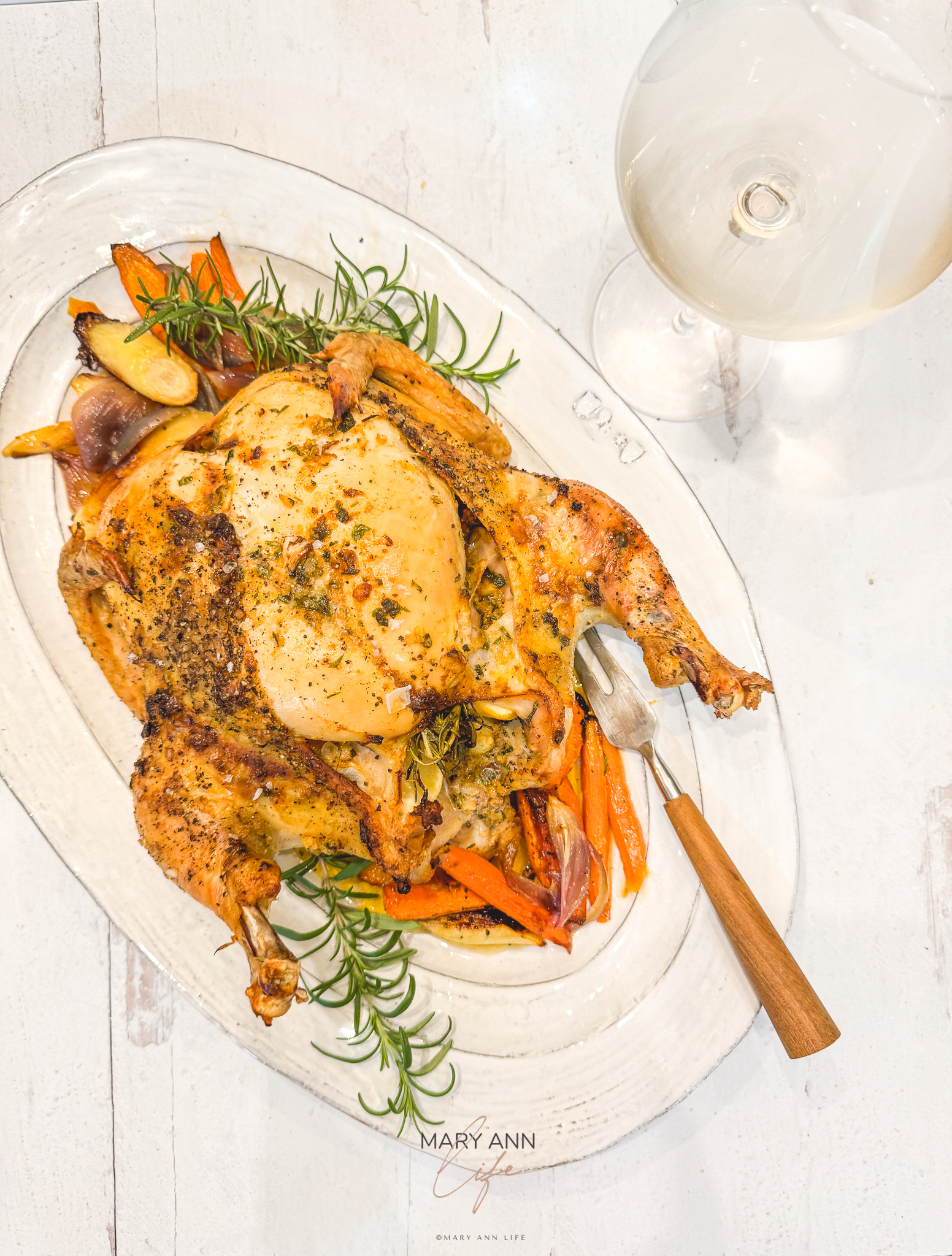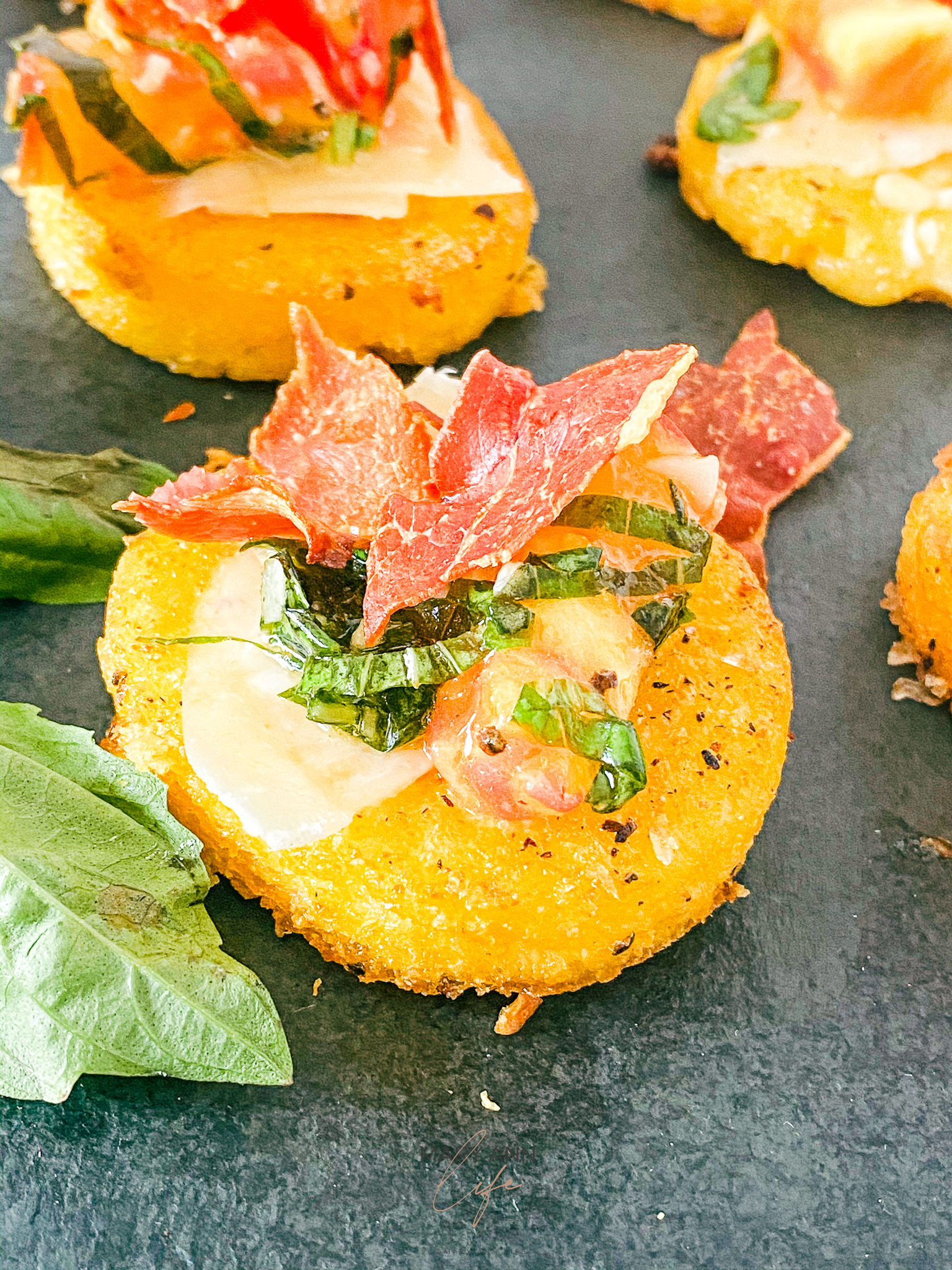Since I was a little girl, the ladies of the household were always preparing for company. Sebastian Maniscalco does a hilarious rendition of how his Italian mother would have special treats for unexpected guests. Although the days of having unexpected guests have drastically declined, and is pretty much obsolete, hosting gatherings has not. Half of my family is Colombian and the other is Lebanese. These two cultures thrive on hosting, feeding, and sharing. My grandmother and mother would specifically purchase items at the grocery store for guests. Typically we get what we need for the week, yet alone for people that “may” come over. Refrigerated items were clearly labeled “for guests”, and you wouldn’t dare try to take a bite.  When guests were coming to our house, my Colombian mother would spend hours upon hours preparing an elaborate (and delicious) meal, selecting the wine bottles, baking desserts (had to have more than one), and displaying a huge platter of antipasti, even though a huge meal was to proceed it. The lady would go all out for her guests, and the guests were completely overwhelmed with the amount of food and hospitality. They ultimately felt welcomed, cherished, and most of all, full.
When guests were coming to our house, my Colombian mother would spend hours upon hours preparing an elaborate (and delicious) meal, selecting the wine bottles, baking desserts (had to have more than one), and displaying a huge platter of antipasti, even though a huge meal was to proceed it. The lady would go all out for her guests, and the guests were completely overwhelmed with the amount of food and hospitality. They ultimately felt welcomed, cherished, and most of all, full.  My Lebanese grandmother also ranks high on the list of hosting: the lady would host people at least twice a week, and she recruited me to help. (let’s be honest, she forced me to help!) Whether I was setting up the table, preparing a salad, or standing on a stool while constantly stirring the pot of goodness, I experienced first hand the stressfulness of hosting. Although we were tired and wreaked of garlic, we ultimately enjoyed ourselves and felt pride in what we achieved within 3 hours. I learned the art of hosting from these two amazing women. Little did I know that eventually I would inherit the same hosting traits. I found myself slaving in the kitchen for my fellow guests because I had to uphold the the family legacy of being a gracious host. If I go a few months without hosting, my friends will hint at wanting to come over. That’s a compliment for me, but boy does hosting require a lot of work, time, and money. This is where I became creative in my hosting duties, and if my grandmother and mother were alive, I think they would be very pleased. The whole purpose of being a host is for others to feel loved, cherished, and important. Hosting is indeed a selfless task, and is definitely self rewarding.
My Lebanese grandmother also ranks high on the list of hosting: the lady would host people at least twice a week, and she recruited me to help. (let’s be honest, she forced me to help!) Whether I was setting up the table, preparing a salad, or standing on a stool while constantly stirring the pot of goodness, I experienced first hand the stressfulness of hosting. Although we were tired and wreaked of garlic, we ultimately enjoyed ourselves and felt pride in what we achieved within 3 hours. I learned the art of hosting from these two amazing women. Little did I know that eventually I would inherit the same hosting traits. I found myself slaving in the kitchen for my fellow guests because I had to uphold the the family legacy of being a gracious host. If I go a few months without hosting, my friends will hint at wanting to come over. That’s a compliment for me, but boy does hosting require a lot of work, time, and money. This is where I became creative in my hosting duties, and if my grandmother and mother were alive, I think they would be very pleased. The whole purpose of being a host is for others to feel loved, cherished, and important. Hosting is indeed a selfless task, and is definitely self rewarding. 
Charcuterie is the art of preparing and assembling cured meats and other meat products. But, many people use the term charcuterie to refer to an assortment of meats that are paired with different accompaniments, such as toast, fruit, cheese, and sauces.
 It was less time consuming, more impressive, and just fun to create and impress my fellow guests. I scoped Pinterest, YouTube videos, and Instagram to get inspired when creating charcuterie boards. This post is your one stop to get ideas for your next charcuterie gathering. Boards can easily be purchased at stores, such as Target, Walmart, Amazon, Kirklands, and Home Goods. I was just at Home Goods the other day, and it took every fiber in my body not to buy a cart full of boards. They even have slate cheeseboards that add a bit of charm to your spread.
It was less time consuming, more impressive, and just fun to create and impress my fellow guests. I scoped Pinterest, YouTube videos, and Instagram to get inspired when creating charcuterie boards. This post is your one stop to get ideas for your next charcuterie gathering. Boards can easily be purchased at stores, such as Target, Walmart, Amazon, Kirklands, and Home Goods. I was just at Home Goods the other day, and it took every fiber in my body not to buy a cart full of boards. They even have slate cheeseboards that add a bit of charm to your spread.  Another added bonus to hosting with charcuterie boards is that guests will want to bring bottles of wine, and you should let them. Some people have wine subscriptions, and others just want to show appreciation for being an invited guest by bringing something that’s easy to get. And if they leave any unused wine bottles at your place, then that’s another way to build a wine collection! Charcuterie is typically meant for cheeses and meats. However, I’ve taken it to a whole new level by doing breakfast boards, taco boards, cookie boards, salad fixings, grilled items, and Lebanese boards. Below are some examples on how to expand the charcuterie world beyond cheese and cured meats! Below is a video from Chris Cooks that is quite helpful in assembling a charcuterie board. It’s helpful to actually watch someone assemble a board.
Another added bonus to hosting with charcuterie boards is that guests will want to bring bottles of wine, and you should let them. Some people have wine subscriptions, and others just want to show appreciation for being an invited guest by bringing something that’s easy to get. And if they leave any unused wine bottles at your place, then that’s another way to build a wine collection! Charcuterie is typically meant for cheeses and meats. However, I’ve taken it to a whole new level by doing breakfast boards, taco boards, cookie boards, salad fixings, grilled items, and Lebanese boards. Below are some examples on how to expand the charcuterie world beyond cheese and cured meats! Below is a video from Chris Cooks that is quite helpful in assembling a charcuterie board. It’s helpful to actually watch someone assemble a board.
Here are some tips on selecting cheese, meats, nuts, fruits, and spreads.
Cheese
Grocery stores have a variety of cheeses. To accommodate your guests’ palettes, create a balance of cheeses on the board: hard (manchego), soft (brie), blue (Gorgonzola), fresh mozzarella, fruity/spiced/herb, cheddar, Parmesan, goat, and cow’s milk cheese.
If it’s not on display, the cheese counter will have small samples available for purchase, which is perfect if you don’t want to spend more than $5 for a block of cheese. If they don’t, ask if they “scarps”! Don’t be afraid to ask for sample- they have no problem cutting and letting your try it before taking it home.
My favorite places to shop for cheese are Trader Joe’s, Whole Foods, HEB, and Costco.

Meats
I’ve noticed that adding any cured meats is a hit for your guests. The grocery stores now hold an impressive variety of cured meats. This is where you can get creative on your board, and choose meats based in your liking.
Cured meats can be pricey, so again choose what fits you. There are times when I just did a mountain of prosciutto on a board, and the guests were just as happy.
Here are some amazing cured meats to add to your board: prosciutto, coppa, salami, soppressata, dry cured sausage, and chorizo.
My favorite places to shop for cured meats are Trader Joe’s, Whole Foods, HEB, Specs, and Costco.

Nuts
There’s something absolutely riveting with the flavor combinations of nuts and cheeses. So for me, nuts are a must on a charcuterie board. If you know that guests have a nut allergy, definitely substitute nuts for a marmalade spread or even honey.
Once I assemble all of the cheese and meats on the board, sprinkle the nuts in any open area. If you like it more contained, adding small nut bowls on your boards works too.

Crackers
There is an entire aisle devoted to crackers in the grocery stores, so you cannot go wrong with cracker selections for your board. In the gourmet cheese areas, there are more “unique” crackers available. Some have grains, nuts, fruits and spices. I typically collect 3 to 4 different types of crackers. I even throw in parmesan crips and bread sticks.
If you think flavored crackers will interfere with one’s pallet, it will only enhance it. Cracker varieties, such sea salt, whole wheat, rosemary, garlic and herbs, and beets (yes, they have beet crackers!) are just delicious, and your guests will appreciate the fun combination of flavors!

Spreads
Once in D.C., I had a charcuterie board with some friends, and was completely blown away with the fact that grainy mustard and honey were on the board. I was completely transformed, and made it my mission to always have grainy mustard and honey on a charcuterie board.
For pure cleaning purposes, I like adding spreads to small side dishes with a spreadable utensil. In the gourmet cheese area, the grocery stores display a variety of fig, fruit, herbal, and spiced spreads. Such spreads are amazing add-ons: fig, grainy mustard, jalapeño, and honey with a pinch of pepper.
Another new favorite spread of mine is whipped ricotta. All you do is add whole milk ricotta to a food processor, and let it whip to perfection. Dollop into a small side serving bowl, perhaps add lemon zest and fresh cracked pepper, or spread them on crostini and add slices of pears, honey, and pepper. Left overs can be stored in the fridge for a few days. Add the whipped ricotta to your toasts with marmalade, spaghetti, and any dish that you want to transform into creamy dreaminess.

Fruits
Berries, peaches, and melon are just a few of my favorite fruits to add to a charcuterie board. Sometimes I wrap the melon pieces with prosciutto. Sprinkle the berries of your choice on the board.






+ show Comments
- Hide Comments
add a comment